Books
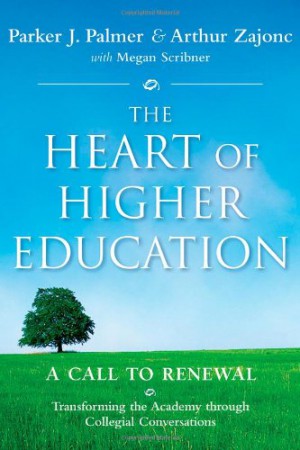
The Heart of Higher Education: A Call to Renewal
A call to advance integrative teaching and learning in higher education. From Parker Palmer, best-selling author of The Courage to Teach, and Arthur Zajonc, professor of physics at Amherst College and director of the academic program of the Center for Contemplative Mind in Society, comes this call to revisit the roots and reclaim the vision of higher education. The Heart of Higher Education proposes an approach to teaching and learning that honors the whole human being—mind, heart, and spirit—an essential integration if we hope to address the complex issues of our time. The book offers a rich interplay of analysis, theory, and proposals for action from two educators and writers who have contributed to developing the field of integrative education over the past few decades.
2010 – Jossey-Bass
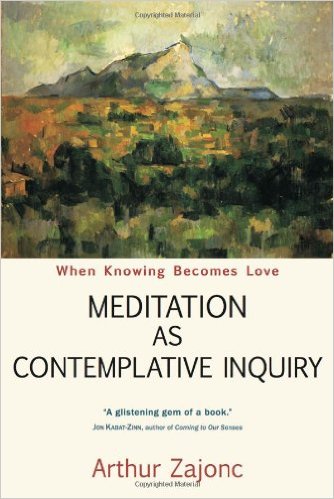
Meditation As Contemplative Inquiry: When Knowing Becomes Love
Offers an overview of the meditative life, weaving practical instruction together with the guidance and inspiration of the world’s great teachers, from Rudolf Steiner to Rumi, and from Goethe to the sages of Asia.
2008 – Lindisfarne Press
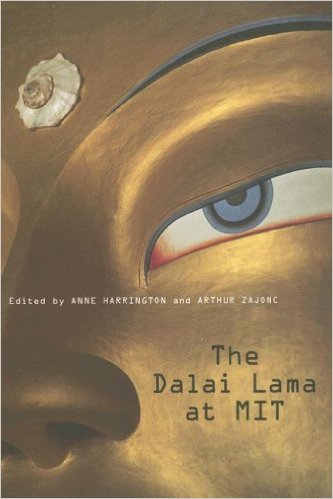
The Dalai Lama at MIT
Is there any substance to monks’ claims that meditation can provide astonishing memories for words and images? Is there any neuroscientific evidence that meditation will help you pay attention, think better, control and even eliminate negative emotions? Are Buddhists right to make compassion a fundamental human emotion, and Western scientists wrong to have neglected it?
The Dalai Lama at MIT shows scientists finding startling support for some Buddhist claims, Buddhists eager to participate in neuroscientific experiments, as well as misunderstandings and laughter. Those in white coats and those in orange robes agree that joining forces could bring new light to the study of human minds.
2008 – Harvard University Press
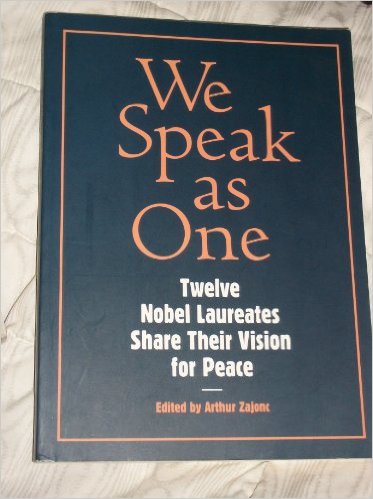
We Speak As One: Twelve Nobel Laureates Share Their Vision for Peace
The result of a three-year project that engaged peacemakers in developing a unified moral and spiritual voice. The laureates have since issued a global call to action based on this project.
2006 – PeaceJam Foundation
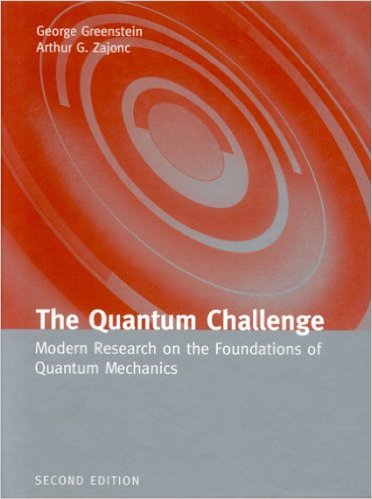
The Quantum Challenge: Modern Research on the Foundations of Quantum Mechanics
The Quantum Challenge, Second Edition, is an engaging and thorough treatment of the extraordinary phenomena of quantum mechanics and of the enormous challenge they present to our conception of the physical world. Traditionally, the thrill of grappling with such issues is reserved for practicing scientists, while physical science, mathematics, and engineering students are often isolated from these inspiring questions. This book was written to remove this isolation.
2005 – Jones & Bartlett Learning
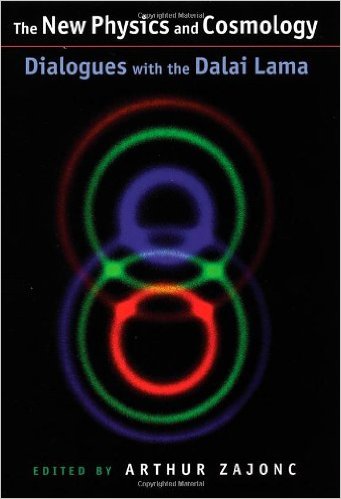
The New Physics and Cosmology: Dialogues with the Dalai Lama
What happens when the Dalai Lama meets with leading physicists and a historian? This book is the carefully edited record of the fascinating discussions at a Mind and Life conference in which five leading physicists and a historian (David Finkelstein, George Greenstein, Piet Hut, Arthur Zajonc, Anton Zeilinger, and Tu Weiming) discussed with the Dalai Lama current thought in theoretical quantum physics, in the context of Buddhist philosophy. A contribution to the science-religion interface, and a useful explanation of our basic understanding of quantum reality, couched at a level that intelligent readers without a deep involvement in science can grasp. In the tradition of other popular books on resonances between modern quantum physics and Zen or Buddhist mystical traditions–notably The Dancing Wu Li Masters and The Tao of Physics, this book gives a clear and useful update of the genuine correspondences between these two rather disparate approaches to understanding the nature of reality.
2004 – Oxford University Press
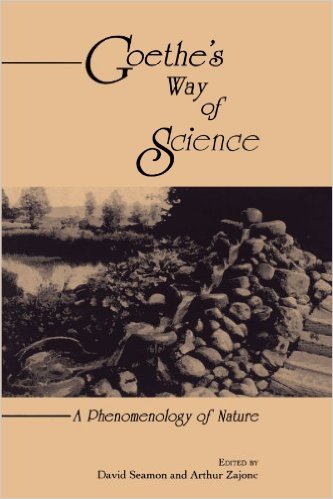
Goethe’s Way of Science: A Phenomenology of Nature
Though best known for his superlative poetry and plays, Johann Wolfgang von Goethe (1749-1832) also produced a sizable body of scientific work that focused on such diverse topics as plants, color, clouds, weather, and geology. Goethe’s way of science is highly unusual because it seeks to draw together the intuitive awareness of art with the rigorous observation and thinking of science. Written by major scholars and practitioners of Goethean science today, this book considers the philosophical foundations of Goethe’s approach and applies the method to the real world of nature, including studies of plants, animals, and the movement of water.
1998 – New York: SUNY Press
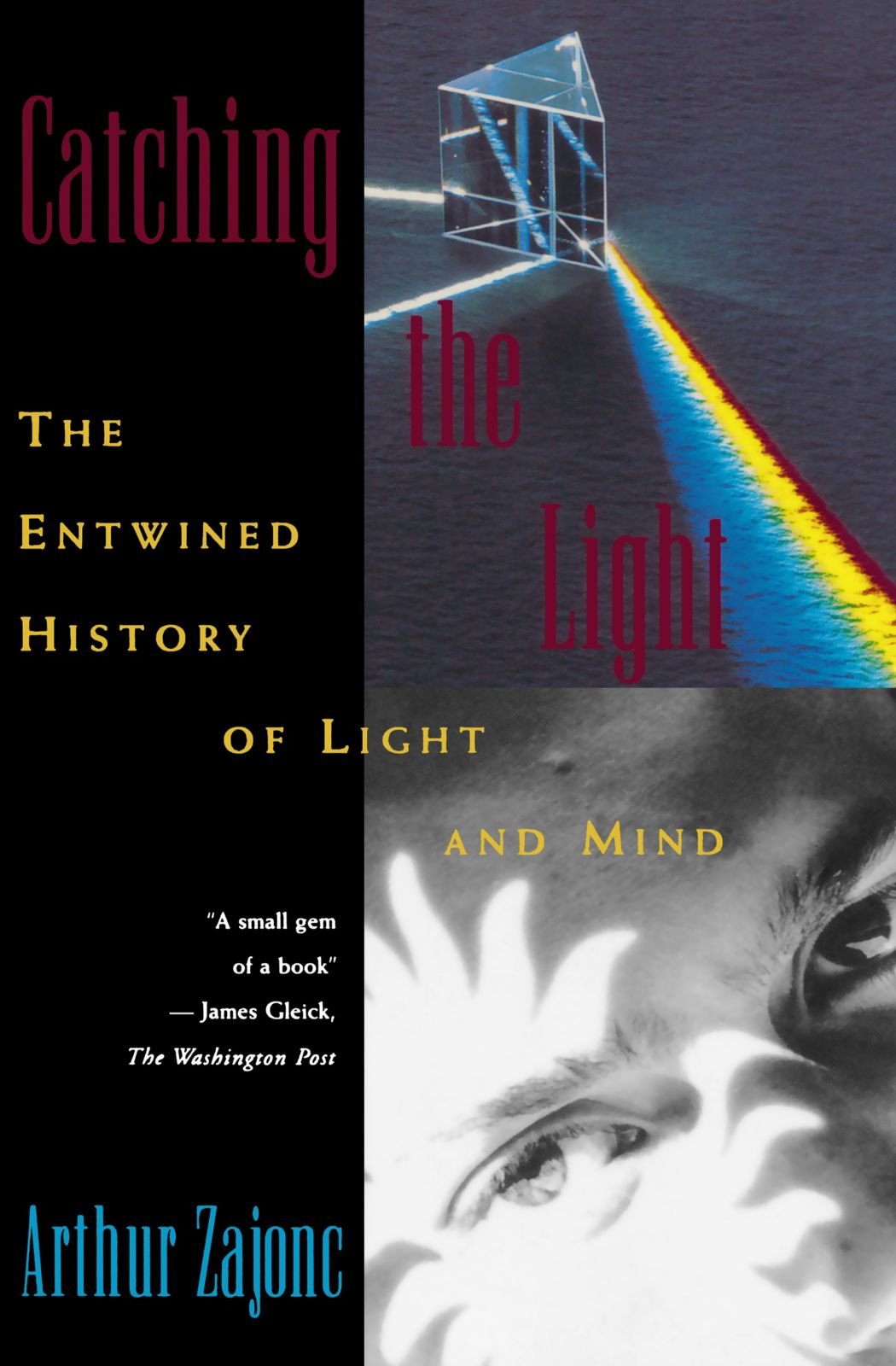
Catching the Light: The Entwined History of Light and Mind
In 1910, the surgeons Moreau and LePrince wrote about their successful operation on an eight-year-old boy who had been blind since birth because of cataracts. When the boy’s eyes were healed they removed the bandages and, waving a hand in front of the child’s physically perfect eyes, asked him what he saw. “I don’t know,” was his only reply. What he saw was only a varying brightness in front of him. However, when allowed to touch the hand as it began to move, he cried out in a voice of triumph, “It’s moving!” He could feel it move, but he still needed laboriously to learn to see it move. Light and eyes were not enough to grant him sight. How, then, do we see? What’s the difference between seeing and perception? What is light?
1993 – Oxford University Press
